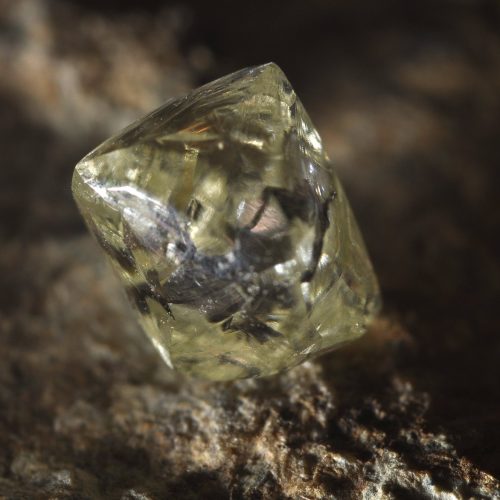Can smart jewelry ever be beautiful jewelry?
We’ve covered smart jewelry for years here at Joseph Schubach Jewelers. And while we’re amazed by their ever-increasing life-tracking abilities, we’re not often as impressed by their aesthetic appeal. Often bulky or just plain awkward looking, smart jewelry can be the nerd of fashion.
But this comprehensive and well-written article by Ars Technica details the progress smart jewelry has made, not only in relation to its technological capabilities but (for us, as importantly) its appearance. Finally, these pieces are getting smaller, more subtle and (yes, its true!) well designed.
Below, an example:

Bellabeat’s Leaf activity tracker will likely appeal to nature-lovers at first glance. The device’s design mimics a minimalist plant with a metal leaf-shaped case surrounding the activity tracking module.
















